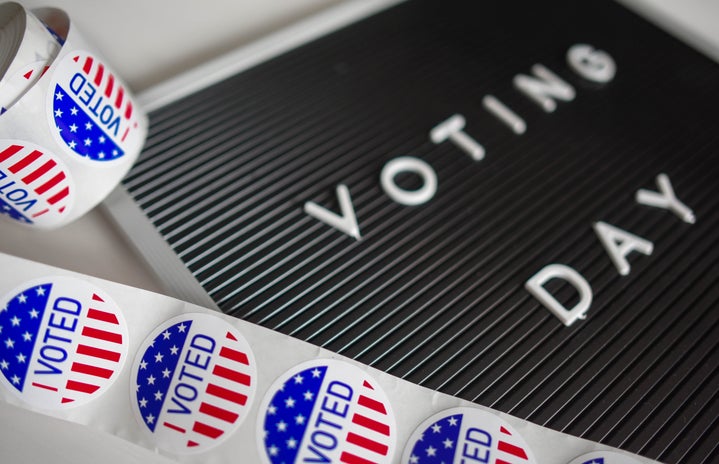With the elections coming up next week (November 8th, 2022), it is important to know the history behind women’s voting and the changes that have occurred in the last century. This is great information to know regardless of your gender, these are key points in American history in general.
Women’s Suffrage Movement
The Women’s Suffrage Movement was a decades-long fight that started in 1848 at Senaca Falls, New York. One of their main goals was to achieve the right to allow women to vote in national and/or local elections. Through the next almost 70 years, women were protesting, holding conventions and introducing possible amendments to congress in hopes of a change.
Even though there were some important milestones, women were still not allowed to vote.
Near the end of World War 1 in 1918, President Woodrow Wilson (who largely ignored the movement) addressed the nation that the Women’s Suffrage Movement was “a war measure”- emphasizing the importance of women’s participation in winning the war. After the war was won, the actions of the movement helped to finally convince Americans that women deserved the right to vote.
ratification of the 19th amendment
On August 18, 1920 congress ratified the 19th amendment, which was originally passed about a year prior. The amendment finally allowed women the right to vote, however black men and women would still face obstacles such as taxes and tests that prevented them from voting for decades. The Voting Rights Act of 1965 outlawed discriminatory voting practices and aimed to finally give black adults the ability to vote.
100 years later, what now?
2020 was 100 years since the adaption of the 19th amendment to include women. What has changed in the last century? Are women still voting? Are women holding political office?
According to the US census in “2020 voter turnout was 68.4% for women and 65.0% for men. About 9.7 million more women than men voted” (Cite) https://www.census.gov/topics/public-sector/voting.html#:~:text=According%20to%20the%20Current%20Population,more%20women%20than%20men%20voted. It is anticipated by experts that voting will increase in this upcoming local general elections due to the overturn of Roe v. Wade and the current political climate.
Not only are women outvoting men in modern times, but are increasingly holding political offices. In early 2021 the first African and Asian American female Vice President, Kamala Harris, was sworn in. The first female presidential candidate, Hillary Clinton, ran for the 2016 election, winning the popular vote by almost 3 million, yet still lost to Donald J. Trump. Alexandra Hunt is one of the first former sex workers who was running for Pennslyvania’s third congressional district as a Democratic candidate, who ultimally lost to a longterm canditate. These are just some of the women who are either running for office or currently holding positions.
Regarding Congress (both the Senate and House of Representatives) in 2022, 147 seats out of 535 seats are held by women (27.5%). Out of the 147 women in congress…
- 95 identify as white
- 26 identify as Black
- 15 identify as Latina
- 10 identify as Asian American/Pacific Islander
- 2 identify as Native American/Alaska Native/Native Hawaiian
- 1 identifies as Middle Eastern/North African
This information can be found at https://cawp.rutgers.edu/facts/levels-office/congress/women-us-congress-2022.
United States politics still has a long way to go in including women, especially black, indigenous and people of color (BIPOC).
Please go out and use your right to vote this upcoming week (November 8, 2022) that so many people have fought for you to have throughout history.
Resources:
Registration to Vote: https://vote.gov/
Check Registration: https://www.nass.org/can-I-vote/voter-registration-status
Finding Polling Locations: https://www.nass.org/can-i-vote/find-your-polling-place
Absentee & Early Voting: https://www.nass.org/can-i-vote/absentee-early-voting





